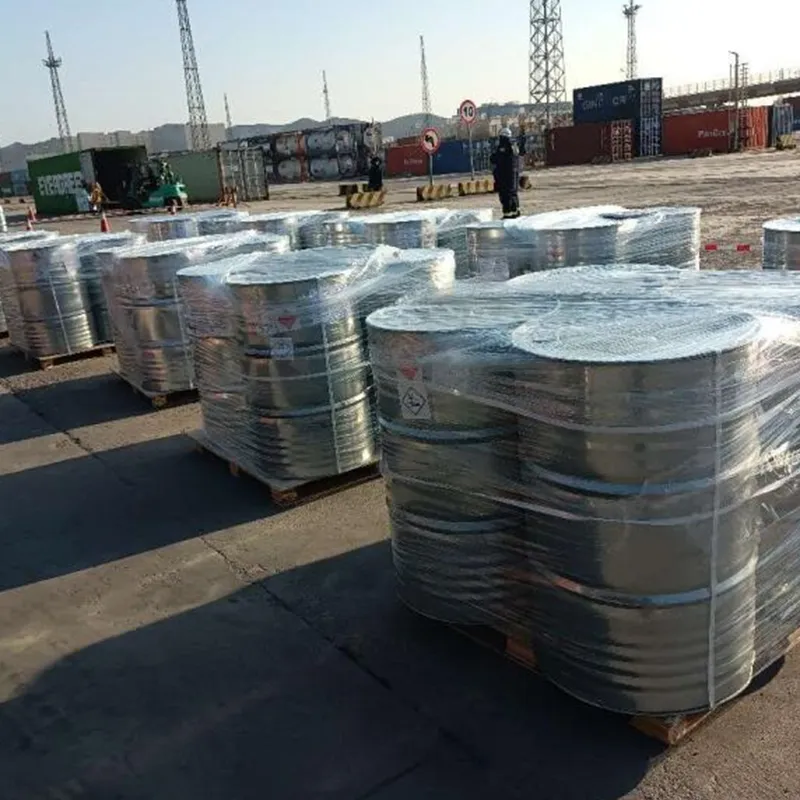
thickener e407
Understanding E407 A Comprehensive Look at Carrageenan as a Thickener
In the world of food additives, E407, commonly known as carrageenan, has generated considerable interest and discussion due to its unique properties and widespread application. This natural thickener and gelling agent is extracted from red seaweeds, primarily from the genera Chondrus, Eucheuma, and Gigartina. Carrageenan plays a significant role in the food industry, serving various purposes from thickening and stabilizing to emulsifying.
The Origin of E407
Carrageenan has a long history of use, particularly in coastal regions where red seaweeds are prevalent. For centuries, people have harvested these seaweeds for their gel-like properties. The commercial extraction process began in the mid-20th century, when food scientists recognized the potential of carrageenan as a food additive.
Types of Carrageenan
E407 comes in three primary forms kappa, iota, and lambda, each with distinct gelling properties. Kappa carrageenan forms a strong gel in the presence of potassium ions, making it ideal for dairy products like chocolate milk and yogurt. Iota carrageenan, on the other hand, gels in the presence of calcium ions and has a softer, more elastic texture, making it suitable for products like puddings and desserts. Lambda carrageenan does not gel at all; instead, it thickens liquids without forming a solid gel, which is useful for sauces and soups.
Applications in Food Products
Carrageenan is heavily used in the food industry due to its versatility. It is found in a wide array of products, including
thickener e407

- Dairy Products Carrageenan helps to stabilize emulsions in chocolate milk and keeps yogurt creamy and smooth. - Meat Products It retains moisture in processed meats and enhances their mouthfeel. - Plant-Based Alternatives E407 is also popular in vegan and vegetarian products, such as plant-based milk and gel desserts, providing a texture that mimics traditional dairy. - Sauces and Dressings It helps to thicken and stabilize sauces, ensuring a consistent texture and preventing separation.
Health and Safety
The safety of carrageenan has been evaluated extensively, with numerous studies conducted to assess its impact on health. Regulatory agencies, including the FDA and the European Food Safety Authority (EFSA), have deemed carrageenan safe for consumption within established limits. However, some health advocates have raised concerns over potential digestive issues linked to carrageenan consumption. Consequently, ongoing research continues to evaluate its long-term effects and safety.
Environmental Impact
The harvesting of red seaweeds for carrageenan does raise environmental concerns, particularly regarding the sustainability of wild seaweed populations and the impact on marine ecosystems. To address these issues, many producers are focusing on sustainable harvesting methods and cultivating seaweed in controlled environments.
Conclusion
E407, or carrageenan, remains a crucial ingredient in a vast array of food products, valued for its thickening and stabilizing properties. As consumer awareness and demand for transparency in food production grow, understanding this additive's origins, applications, and safety will allow consumers to make informed choices. While carrageenan has its place in the food industry, ongoing research and sustainable practices will be essential to address both health concerns and environmental impacts, ensuring that this natural thickener continues to serve its purpose effectively and safely in our diets. With the right balance between use and sustainability, E407 can indeed be a beneficial component of modern food technology.
-
Comprehensive Guide to Acetic Acid as Preservative: Benefits, Uses & Future TrendsNewsNov.24,2025
-
What Is a Food Additive? Global Insights, Applications & Future TrendsNewsNov.24,2025
-
968 Sweetener: The Modern Solution for Health-Conscious SweeteningNewsNov.23,2025
-
Discover the Benefits and Uses of 965 Sweetener (Erythritol) | Tenger ChemicalNewsNov.23,2025
-
961 Sweetener - A Next-Gen Sugar Alternative for Health and IndustryNewsNov.23,2025
-
Understanding 960 Sweetener: The Modern Sugar Alternative for Health and IndustryNewsNov.22,2025
-
Everything You Need to Know About 955 950 Sweeteners – Benefits, Uses, and TrendsNewsNov.22,2025
Hebei Tenger Chemical Technology Co., Ltd. focuses on the chemical industry and is committed to the export service of chemical raw materials.
-

view more DiethanolisopropanolamineIn the ever-growing field of chemical solutions, diethanolisopropanolamine (DEIPA) stands out as a versatile and important compound. Due to its unique chemical structure and properties, DEIPA is of interest to various industries including construction, personal care, and agriculture. -

view more TriisopropanolamineTriisopropanolamine (TIPA) alkanol amine substance, is a kind of alcohol amine compound with amino and alcohol hydroxyl, and because of its molecules contains both amino and hydroxyl. -

view more Tetramethyl Thiuram DisulfideTetramethyl thiuram disulfide, also known as TMTD, is a white to light-yellow powder with a distinct sulfur-like odor. It is soluble in organic solvents such as benzene, acetone, and ethyl acetate, making it highly versatile for use in different formulations. TMTD is known for its excellent vulcanization acceleration properties, which makes it a key ingredient in the production of rubber products. Additionally, it acts as an effective fungicide and bactericide, making it valuable in agricultural applications. Its high purity and stability ensure consistent performance, making it a preferred choice for manufacturers across various industries.





